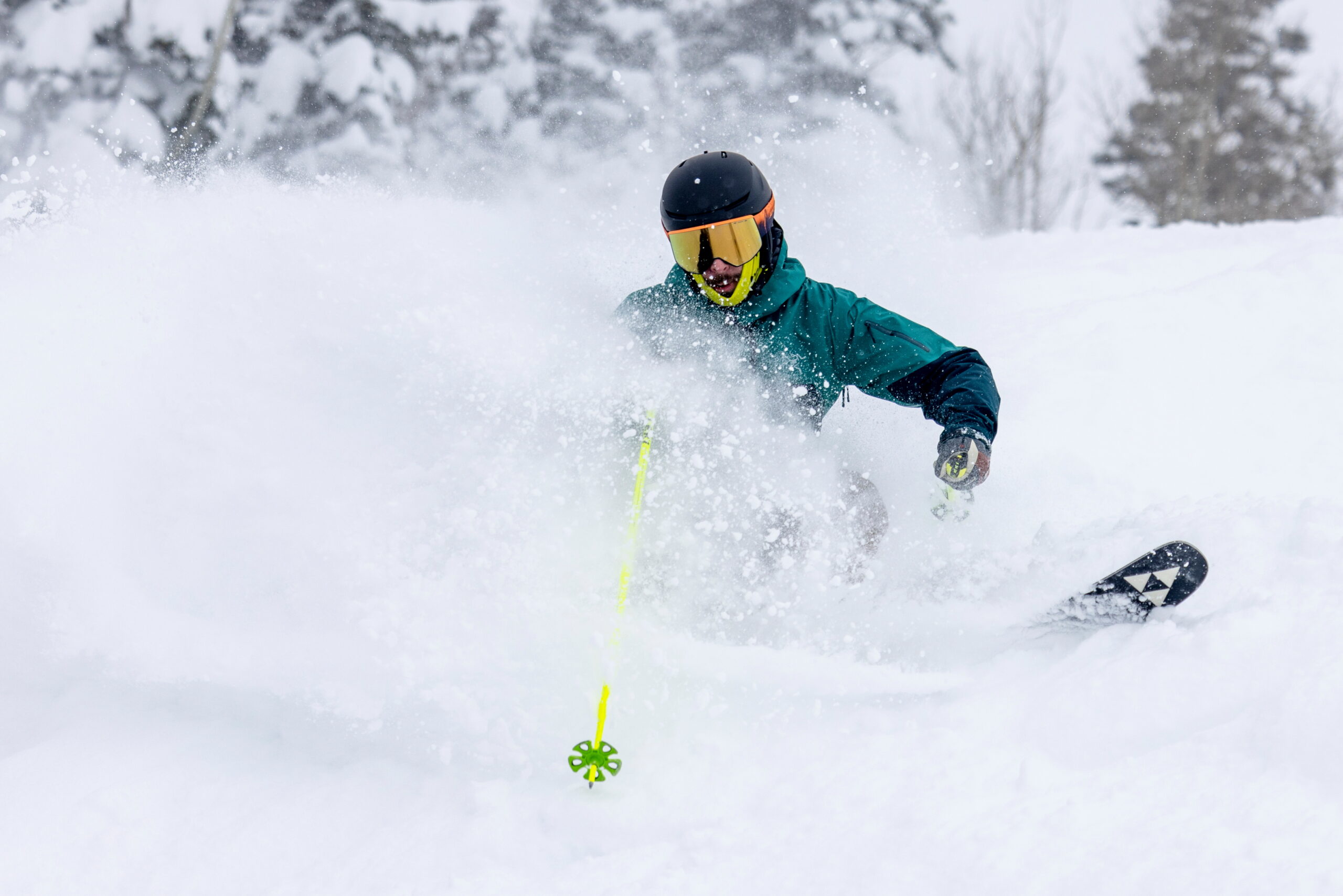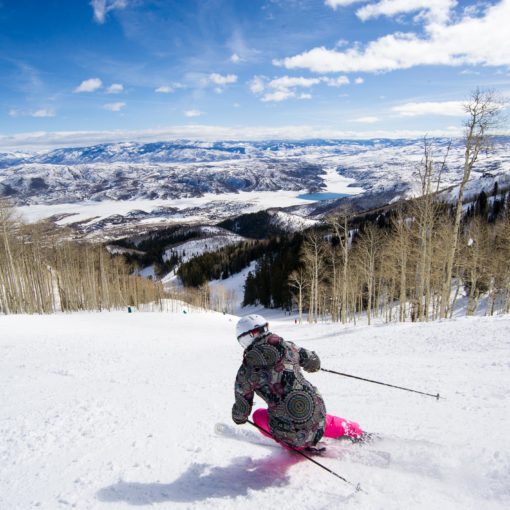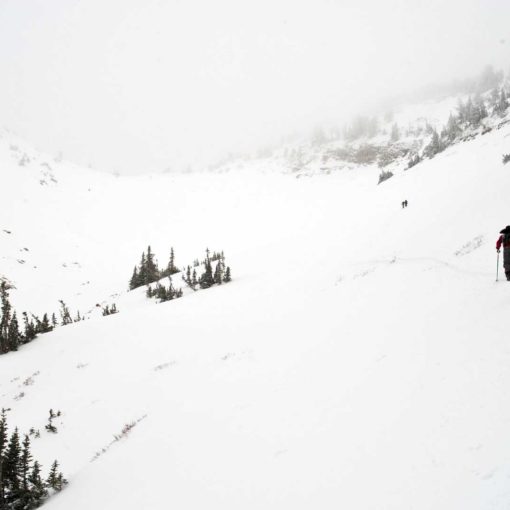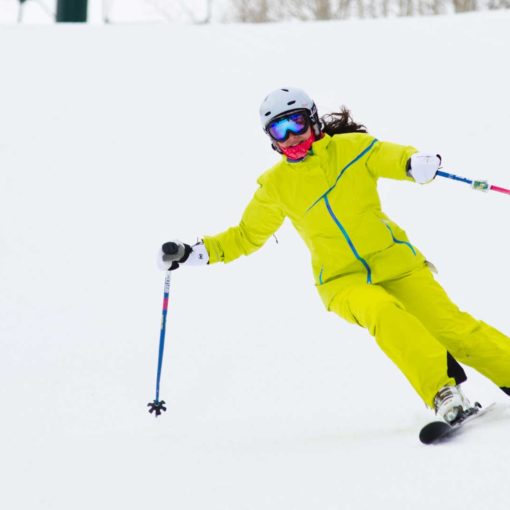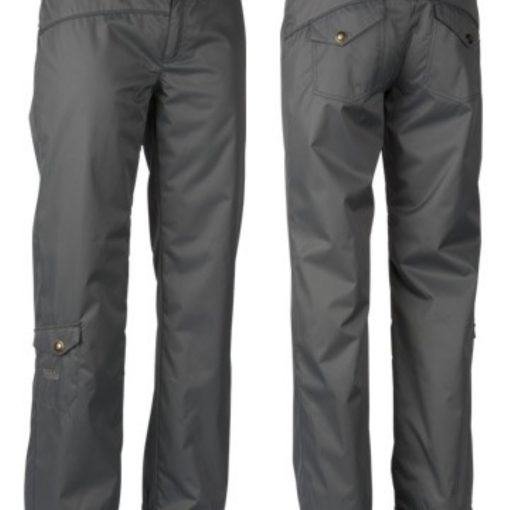Ski goggles vary widely between price, performance, and style. If you’re struggling to make sense of all the different lens technologies, UV ratings, and ventilation systems, don’t worry. This guide on how to choose ski goggles will help you determine which lens and goggle combination will work best for you.
What Types of Ski Goggles Are Right for Me?
When choosing ski goggles, it’s important to keep the following factors in mind:
- The frame integrates well with your helmet.
- The lens (or lenses) work well with the conditions you typically ski.
- If you wear glasses, opt for OTG (over-the-glasses) goggles or prescription lenses.
- The lens shape and curvature enhances your field of view.
- The size and fit of goggles complements the shape of your face.
Helmet and Goggle Integration
Anyone who’s spent significant time on the mountain knows how important it is to have good helmet-goggle integration. If your goggles don’t fit well with your helmet, you could end up with a foggy view and a freezing forehead that is distracting from an otherwise great ski day.
One of the more common ways goggles integrate with helmets is via a clip on the rear of the helmet. This clip is made to fit over the back of your goggle strap, keeping it from slipping off the helmet. Goggles also typically feature a bead of silicone along the inside of the strap. This prevents the strap from shifting or sliding on the surface of the helmet.
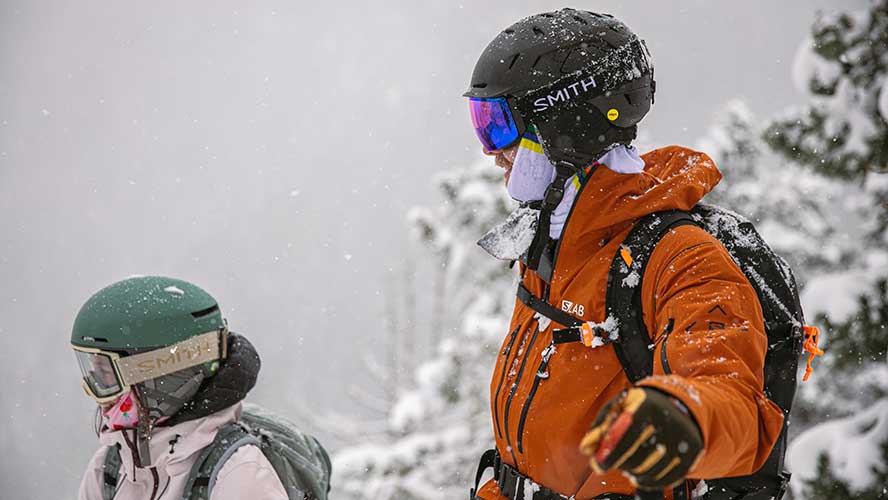
It’s also important to make sure the shape of the goggle frame integrates well with the shape of the helmet. If the top of your goggle frame isn’t flush with the brim of your helmet, cold air can slip through the gap making you chilly.
One of the best ways to ensure a perfect fit is to buy goggles and helmets made by the same company. Most goggle and helmet companies, like Smith and Giro, take measures to ensure the curve of their goggles and the curve of their helmet brims are compatible. If you’re buying a helmet and goggles from two separate companies, inspect the frame of the goggle and the brim of the helmet beforehand to make sure the curve of each is complementary.
Types of Ski Goggles
Full Frame
Full frame is the classic goggle design and consists of a lens fully wrapped in a frame. The frame that fully wraps the perimeter of the lens makes it easy for the manufacturer to put vents into the frame to maximize airflow. It also creates a sturdy, dependable casing, holding the frame in place for consistent protection and a clear view. However, as some goggle manufacturers have discovered in recent years, having a full frame can also impact your field of view.
Frameless
Frameless goggles are a relatively new development. Rather than being surrounded by a plastic frame, these goggles feature a lens that extends all the way to the perimeter of the goggle. This increases the field of view, giving the skier more extensive peripheral vision. This increased view helps with fast decision making and route finding through trees and tight chutes.
OTG (Over-The-Glasses)
OTG goggles are designed specifically to be worn with prescription eyewear. Typically, they feature a larger interior volume to accommodate glasses and cutouts in the face foam to accommodate glasses arms. OTG goggles allow for the comfortable and fog-free use of glasses, so you don’t have to sacrifice vision for protection.
Interchangeable Lenses
Goggles with interchangeable lens technology allow for quick and easy swapping between lenses of varying VLT% or color. This is especially helpful when a storm rolls in and the light gets flat or the sun comes out after a cloudy morning. Smith Optics’ quick-release system and Oakley’s Switchlock Technology are both examples of this increasingly popular feature.
Types of Goggle Lenses
Spherical Lenses
Spherical lenses are built on a base curve in both the X (horizontal) and Y (vertical) axis. They usually come in larger sizes, and because of their bubbled shape, they typically provide an enhanced field of view.
- Pro – provides a wide panoramic field of view with minimal distortions for better depth perception
- Con – more expensive, sizing is limited compared to cylindrical lenses
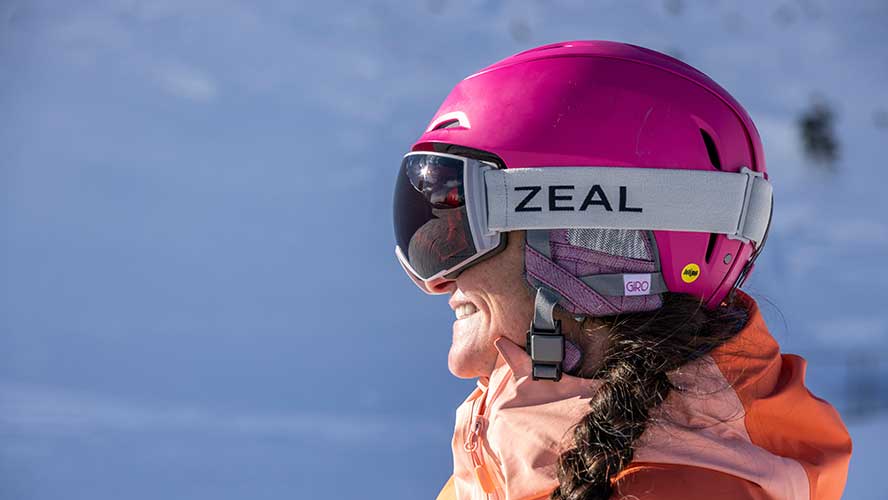
Cylindrical lenses are built on a base curve only in the X axis. They have a lower-profile design because they don’t bubble out as much. But even though the surface area of cylindrical lenses is not as great as spherical lenses, they still provide a wide view and plenty of depth perception.
- Pro – an affordable, great option for those just starting out their first season
- Con – more prone to fog and glare due to the flat vertical surface
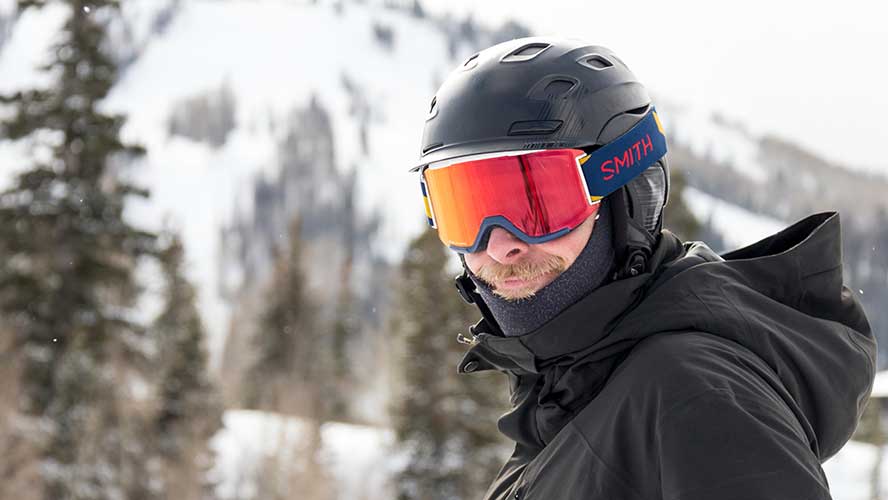
Some skiers and riders prefer to have goggles with both spherical and cylindrical lenses, so they have options. On the other hand, many have a strict preference for one lens type and will not hit the slopes without them. Ensure you pick a lens type that is comfortable on the face and provides the widest view possible.
VLT% & UV Protection
VLT%
Visible Light Transmission (VLT) refers to the amount of light allowed to pass through the lens and reach your eyes. Sunny bluebird days call for a lower VLT%, as this strong tint will cancel much of the glare, while cloudy or stormy days call for a higher VLT%, letting the maximum amount of natural light through. For maximum versatility from a single lens, consider staying within 20-40% VLT. This mid-range rating will keep your eyes protected while allowing you to distinguish minor details and changes in contrast.
UV Protection
UV protection is measured by the percentage of UV radiation a goggle lens blocks out. This is an important factor to keep in mind, given the amount of damage UV rays can do to our eyes. For maximum protection, lenses should block 99-100% of both ultraviolet A (UVA) and ultraviolet B (UVB) light rays. Many modern goggle lenses—especially polarized ones—will offer full protection in these categories.
Ventilation
Ventilation is an essential aspect of ski goggles, as it prevents lenses from fogging. Sweat or outside moisture trapped inside the goggle condenses against the interior of the lens and makes them foggy. With proper airflow circulating through the goggle, lens fog happens far less often.
Manufacturers put narrow holes or slits in the goggle lens or frame to create ventilation. The idea is to make vents that keep air flowing, but without letting an excess of cold air in or affecting the skier’s view. To further prevent fogging, many goggle companies also add a hydrophilic lens coating and surface treatment to their goggles. This helps disperse moisture over a wide surface area to prevent fog from building up.
Fit & Sizing
Having goggles that properly fit your face is a key factor in reducing lens fog and ensuring a comfortable fit. Most goggles come in varying sizes. Manufacturers like Smith and Giro offer goggles in a variety of face widths and forehead sizes that work well for the anatomic features of both male and female faces.
Some faces, however, still don’t adhere to the different sizes offered by goggle manufacturers. These skiers may find there is a small gap between their nose and the foam seal above it. Though it might seem inconsequential, even a small gap can let in cold air and moisture, potentially ruining your day. In this case, Asian fit goggles, offered by some manufacturers, are especially useful. They feature added foam lining at the bridge of the nose, forming a more complete seal around the skier’s face.
Whether this is your first season or your 50th, choosing the right ski goggles is crucial to staying safe, warm and enjoying your time on the mountain. There are many options out there to choose from, so remember to stick to the basics. When you’re shopping, find goggles that are comfortable to wear, fit well with your helmet, and give you an expansive view of what’s ahead.
By Jans Experts

